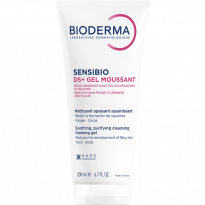Solutions & treatments
Effective solutions for removing scalp dandruff and flakes | Your guide
Struggling with dandruff and scalp scales? Explore solutions to banish dandruff, whether it's mild, moderate, or severe. Discover the common issue that affects both men and women, across all hair and scalp types. Learn about the underlying causes, from yeast colonization to genetic predisposition, exacerbated by environmental factors. Get insights on achieving a dandruff-free scalp.














